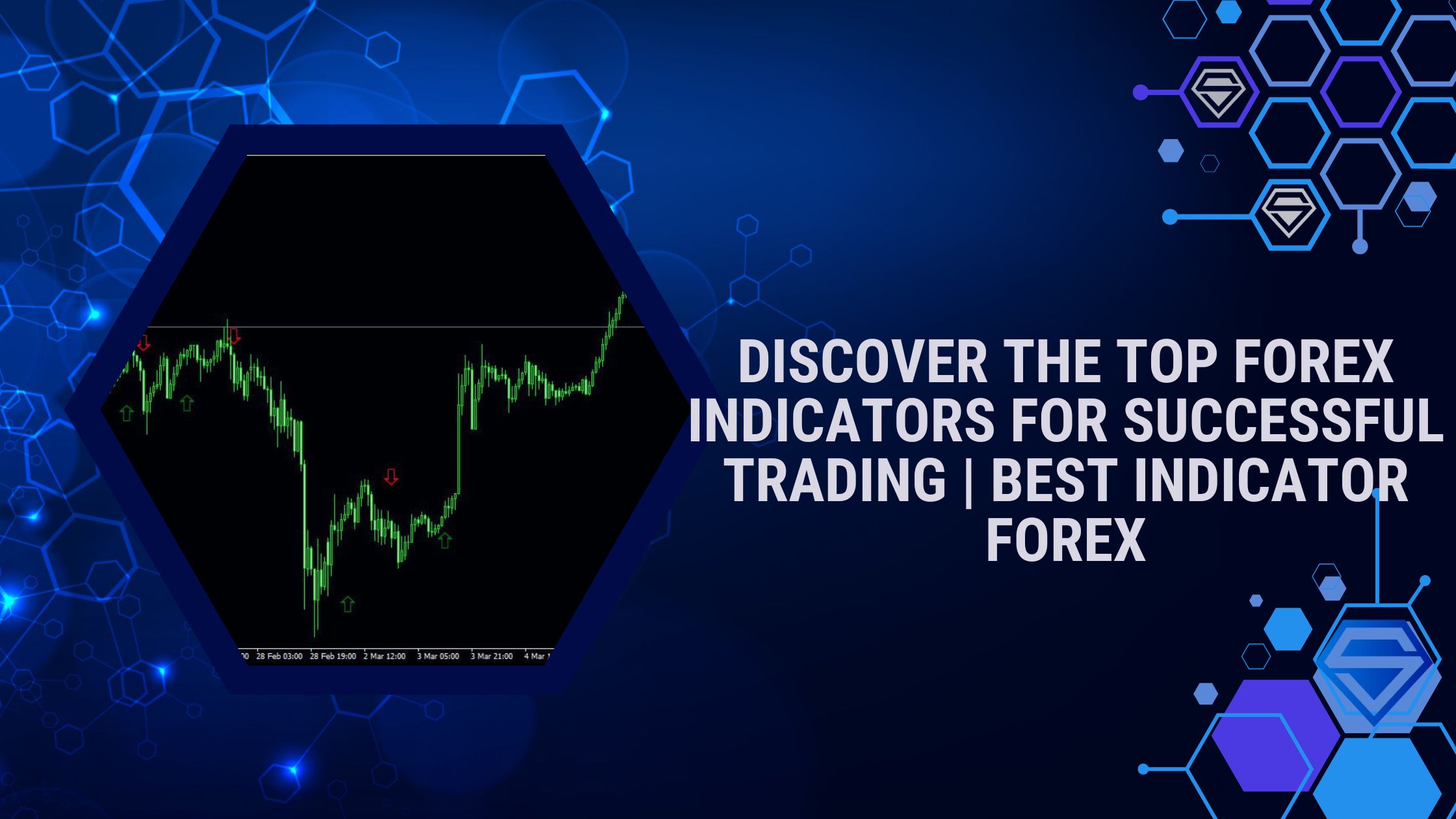
17. December, 2023
What are the Best Indicators for Forex Trading?
Are you tired of second-guessing your forex trades? Do you struggle to identify the best entry and exit points in the market?
If you’ve ever found yourself in a position where every move feels like a shot in the dark, you’re not alone. Many forex traders face the challenge of finding reliable tools to assist them in making profitable trading decisions. But don’t worry!
In this blog, we’ll explore the best indicators for forex trading to help you gain an edge in the market and achieve consistent success.
Let’s find the best indicator in forex for you!
Why are Indicators Important in Forex Trading?
Before we dive into the specifics, let’s take a moment to understand why indicators are crucial in forex trading.
Indicators are mathematical calculations based on historical price data that provide insights into market trends, momentum, volatility, and potential reversals.
By using indicators, traders can analyze market conditions and make informed decisions about when to enter or exit trades. The right combination of indicators can significantly enhance your trading strategy and increase your chances of success.
Why Use Forex Indicators?
- Market Insight: Indicators offer a snapshot of market conditions, helping traders understand the current trend and potential future movements.
- Entry and Exit Points: By analyzing indicators, traders can identify optimal entry and exit points, maximizing profit potential.
- Risk Management: Indicators help in assessing risk, allowing traders to make informed decisions and protect their capital.
The Top Forex Indicators You Should Consider
Moving Average (MA)
The MA is a popular indicator that smooths out price fluctuations and helps identify trends. It calculates the average price over a specified period, making it useful for determining support and resistance levels. They help traders visualize the market’s general direction and filter out noise.
There are two categories for Moving Averages:
- Simple Moving Average (SMA): Provides a straightforward average of prices over a specified period.
- Exponential Moving Average (EMA): Gives more weight to recent prices, reacting faster to market changes.
Relative Strength Index (RSI)
The RSI measures the speed and change of price movements. It indicates overbought and oversold conditions, enabling traders to identify potential trend reversals. Traders use it to identify potential trend reversals and confirm the strength of a current trend.
Key Takeaways:
- Overbought and Oversold Levels: RSI readings above 70 suggest overbought conditions, while readings below 30 indicate oversold conditions.
- Divergence: RSI divergence can signal a potential reversal in the current trend.
Bollinger Bands
Another best indicator for forex trading is Bollinger Bands. These bands consist of a middle band, an N-period simple moving average, and two outer bands, N-period standard deviations away from the middle band. They help traders identify periods of high or low volatility, as well as potential price breakouts.
Key Takeaways:
- Volatility Indicator: Bands widen during high volatility and contract during low volatility.
- Reversal Signals: Price touching or exceeding the outer bands may signal a potential reversal.
Fibonacci Retracement
Based on the Fibonacci sequence, this technical analysis tool identifies potential support and resistance levels. It assists in determining entry and exit points by highlighting areas where price corrections are likely to occur.
Key Takeaways:
- Support and Resistance Levels: Fibonacci levels help identify potential reversal points.
- Combining with Other Indicators: Effective when used in conjunction with other indicators for confirmation.
Moving Average Convergence Divergence (MACD)
The MACD combines moving averages with momentum analysis. It helps traders identify trend changes, bullish or bearish market conditions, and potential entry or exit signals.
Stochastic Oscillator
This momentum indicator compares the closing price to the price range over a specified period. It helps identify overbought and oversold conditions, indicating potential trend reversals.
Ichimoku Kinko Hyo
This indicator combines multiple components to offer a comprehensive view of support, resistance, trend direction, and momentum. It provides clear trading signals and is particularly effective in trending markets.
Average True Range (ATR)
The ATR measures market volatility by calculating the average range between high and low prices over a specified period. It assists in setting appropriate stop-loss levels and determining position sizing.
Conclusion
In a nutshell, using the right indicators can work wonders for your forex trading strategy and give your profitability a significant boost. But here’s the catch: with so many indicators out there, finding the best indicator in forex that matches your trading style and goals is crucial.
Here’s the exciting part: don’t be afraid to experiment! Try out different indicators and see how they complement each other. You can create a solid trading system that suits your needs by cleverly combining indicators. But remember, indicators aren’t foolproof. They’re just one piece of the puzzle. To succeed, you should consider other technical and fundamental analysis tools.
Keep an eye on the market conditions and continuously adapt your strategy. Be flexible and adjust your approach accordingly. Learn from your own trading experiences and fine-tune your strategy as you go along. Discipline is key here.
Stay focused and determined, and you’ll increase your chances of success in the forex market!


